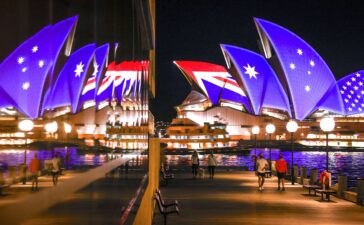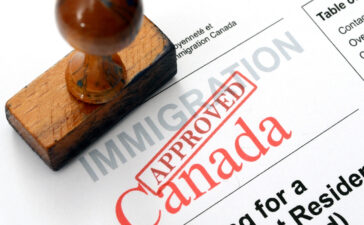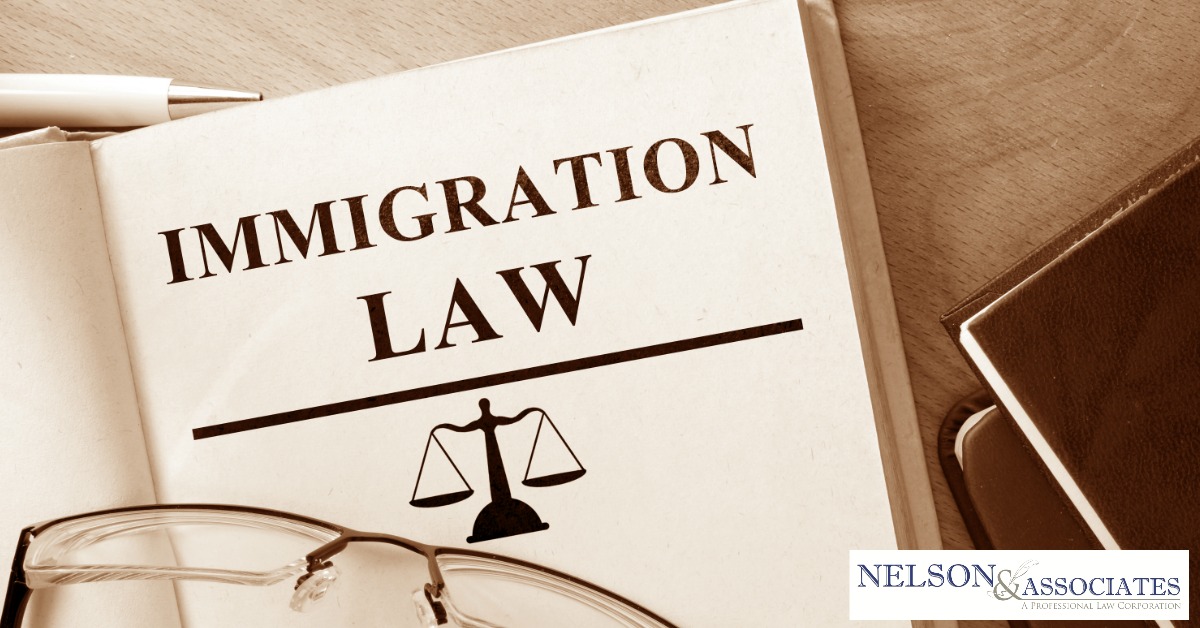Glitzy Dubai is the holiday hotspot of the United Arab Emirates. This city with high-rise buildings and shopping centers has been transformed from a desert post to a destination du-jour, where tourists gather for bargains, sunshine and family fun. Dubai is known for attractions such as the Burj Khalifa (the world’s tallest building) and shopping centers complete with giant aquariums and indoor ski slopes.
But this city has many cultural highlights and things to do, as well as all the glamorous modern add-ons. Stroll through the Bastakia district to discover old Dubai, then cruise past Dubai Creek in a traditional dhow, and you’ll soon find that there is more to this city than its flashy veneers. Learn about the best places to visit with our list of top Dubai attractions.
1. Burj Khalifa
Dubai’s landmark building is the Burj Khalifa, which at 829.8 meters is the tallest building in the world and the city’s most famous landmark. For most visitors, a trip to the 124th floor observation deck is a must in the city here. The view of the city skyline from this bird’s eye view is simply stunning. The slick observation deck experience includes a multimedia presentation on both Dubai and the Burj Khalifa building (completed in 2010) before a high-speed elevator whizzes you to the observation deck for that 360-degree view of the skyscrapers to the desert on one side and the ocean the other side.
Nighttime visits are especially popular with photographers because of Dubai’s famous city lights panoramas. Buy your Burj Khalifa “At the Top” Entrance Ticket in advance to avoid long lines, especially if you plan to visit on weekends.
Back on the ground, around the Burj Khalifa, are the building’s beautifully designed gardens, with winding walkways. There are plenty of water features, including the Dubai Fountain, the world’s highest-performing fountain, modeled on the famous Bellagio fountains in Las Vegas.
2. Dubai Mall
Dubai Mall is the city’s main shopping center and provides access to the Burj Khalifa and Dubai Aquarium. There is also an ice rink, a play zone and a cinema complex if you are looking for more entertainment options. Shopping and eating is endless, and there are almost always special events like live music and fashion shows at the mall. The best known are the annual Dubai Shopping Festival in January and February and the Dubai Summer Surprises Festival in July and August.
3. Dubai Museum
Dubai’s excellent museum is housed in the Al-Fahidi Fort, built in 1787 to defend Dubai Creek. The walls of the fort are built from traditional coral blocks and are held together with lime. The upper floor is supported by wooden posts and the ceiling is made of palm leaves, mud and plaster.
In its history, the fort has served as a residence for the ruling family, as a seat of government, garrison and prison. Restored in 1971 (and expanded again in 1995), it is now the city’s main museum. The entrance has a fascinating display of old maps of the Emirates and Dubai, showing the gigantic expansion that struck the region after the oil boom.
The courtyard houses several traditional boats and a palm leaf house with an Emirati wind tower. In the right hall are weapons and in the left hall are musical instruments from the Emirates. Below the ground floor are exhibition halls with exhibits and dioramas covering various aspects of traditional life in the Emirates (including pearl fishing and Bedouin desert living), as well as artifacts from the 3,000- to 4,000-year-old tombs at the Al Qusais archaeological site.
4. Bastakia (Old Dubai)
The Bastakia district (also known as Al-Fahidi district) was built in the late 1800s as the home of wealthy Persian merchants who traded primarily in pearls and textiles and were lured to Dubai for duty-free trade and access to Dubai Creek.
Bastakia occupies the eastern part of Bur Dubai along the creek, and the coral and limestone buildings here, many with wind-towered walls, are superbly preserved. Wind towers here provided the houses with an early form of air conditioning – the wind in the towers was directed to the houses. Persian merchants likely transplanted this architectural element (common in Iranian coastal homes) from their homeland to the Gulf.
Clad in distinct Arabic architecture, the narrow alleys are strongly reminiscent of a bygone and much slower age in Dubai’s history. In the district you will find the Majlis Gallery, with its collection of traditional Arabic ceramics and furniture (housed in a wind tower) and the Al Serkal Cultural Foundation, with a shop, café and rotating art exhibitions (located in one of the historic buildings).
5. Sheikh Saeed Al-Maktoum house
Sheikh Saeed Al Maktoum was the ruler of Dubai from 1921 to 1958 and grandfather of the current ruler. His former residence has been rebuilt and restored as a museum that is a fine example of Arab architecture.
The original house was built in 1896 by Sheikh Saeed’s father so that he could observe shipping activities from the balconies. It was demolished, but the current house was rebuilt next to the original location and remained true to the original model through carved teak doors, wooden lattice screens over the windows and plaster ventilation screens with floral and geometric designs. Thirty rooms are built around a central courtyard with details about the wind tower.
Inside are the exhibits of the Dubai Museum of Historical Photographs and Documents, with many beautiful old photographs of Dubai from the period between 1948 and 1953. The navy wing of the museum has pictures of fish, pearls and boat building. Throughout the building, many letters, cards, coins and stamps can be seen that show the development of the emirate.




